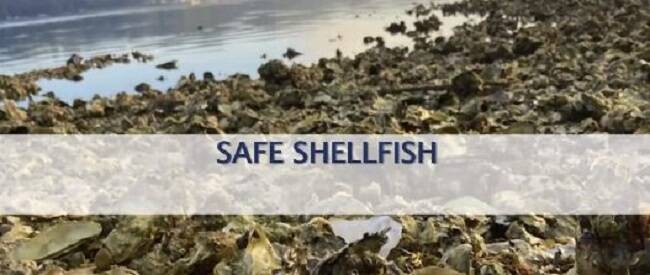Note – Date change
Join us at 7 p.m. on January 30, 2024, for a presentation by Jerry Borchert from the Washington State Department of Health titled Protecting our Shellfish Harvest: A Deep Dive into the Department of Health (WSDH)Marine Biotoxin Program.
Marine biotoxins are poisons that are produced by certain kinds of microscopic algae (a type of phytoplankton) that are naturally present in marine waters, normally in amounts too small to be harmful. However, a combination of warm temperatures, sunlight, and nutrient-rich waters can cause rapid plankton reproduction, or “blooms.” These blooms are commonly referred to as harmful algal blooms or “HABs” because of their potential to cause illness.
Molluscan shellfish (shellfish with hinged shells such as oysters, clams, and mussels) are filter feeders and ingest any particles, both good and bad, that are in the surrounding water. Algae is a food source for them, and HABs create a plentiful food supply.
When shellfish eat toxin-producing algae, the toxin remains in their system; large amounts of algae means more toxin can concentrate in their tissue. Biotoxins don’t harm shellfish, but they can accumulate in shellfish to levels that can cause illness or death in humans and other mammals that eat them.
This talk will cover how the WSDH, Marine Biotoxin Program coordinates the collection of shellfish samples from the coast, coastal bays and Puget Sound for biotoxin testing, explain the different types of marine biotoxins in WA, biotoxin monitoring for Dungeness crab and provide resources for safe shellfish harvesting.
Join in person, Hemlock Forest Room, ONRC, 1455 S. Forks Ave. Or, via Zoom at https://washington.zoom.us/j/3834334539.
ONRC Evening Talks is funded through the Rosmond Family Education Fund, an endowment that honors the contributions of Fred Rosmond and his family to forestry and the Forks community. For more information about this event or the Evening Talk Series contact Courtney Bobsin at cbobsin@uw.edu or 360-328-1174.



